Introduction
Gwent is the TCG based on and canonically built in The Witcher universe. It initially began as a "mini-game" inside the main title, but it was so popular among the community that it became its own game in 2017.
How Gwent Works
As most TCGs, you'll be playing a match against one other player, so it's a 1v1, but there are certain differences.
How to Win a Match
Winning a Gwent match doesn't involve destroying the enemy hero, life points, or Nexus, as you might have seen before in Hearthstone, Magic: The Gathering and Yu-Gi-Oh! TCG, and Legends of Runeterra.
In Gwent, each match is a best of three, and your goal is to have more power than your opponent for at least two rounds. In this sense, it is more similar to Marvel Snap, as you need to win two out of three locations in this TCG to win. However, in Marvel Snap, you need to win these locations at the same time, and, in Gwent, you'll need to have more power than your opponent in three separate matches.
Rounds
Before you start your first round and start playing the match itself, the system will flip a coin to decide which player goes first. Then, both players get 10 cards from their decks and can mulligan (exchange) a few of them.
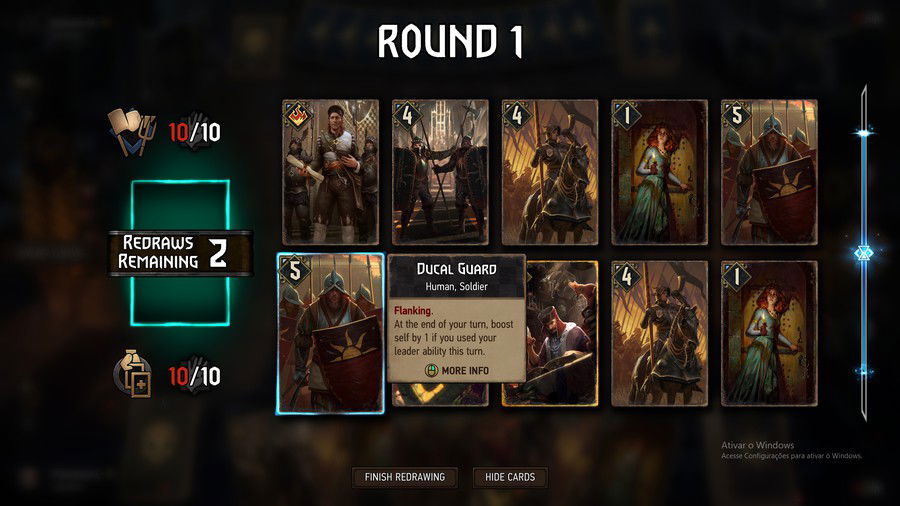
Being the first to play is a bit of a disadvantage, as it is a bit riskier. Your opponent will always be answering you, and thus will have more openings to counter you. As a result, the player who goes first will be able to mulligan three cards, one more than their opponent, and will get some tactical advantage on the board, like a buff for their units.
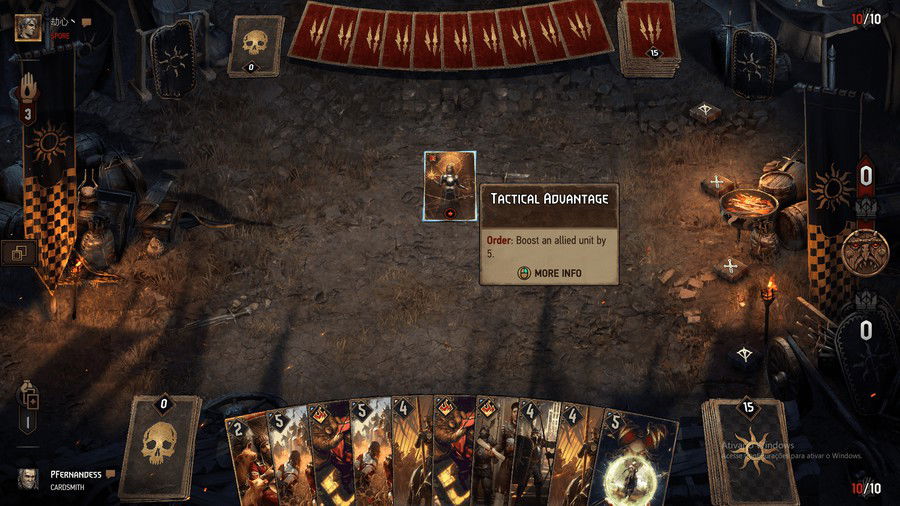
For the other rounds, both players will take turns going first and second.
A round ends when both players decide to pass their turn and not play any other cards. You can pass your turn at any moment, but your opponent will be able to play several turns if you do until they either use all their cards or pass their turn too.
Knowing when to pass is critical. Please note that, in some cases, it is interesting to discard a round and pass even if you're losing it.
In the game below, I was quite behind because my cards were bleeding (losing power) considerably, so I would have to spend many cards just to increase their power and try to win this round. I decided to give up because I had one extra card in hand; this would increase my odds in the upcoming rounds.
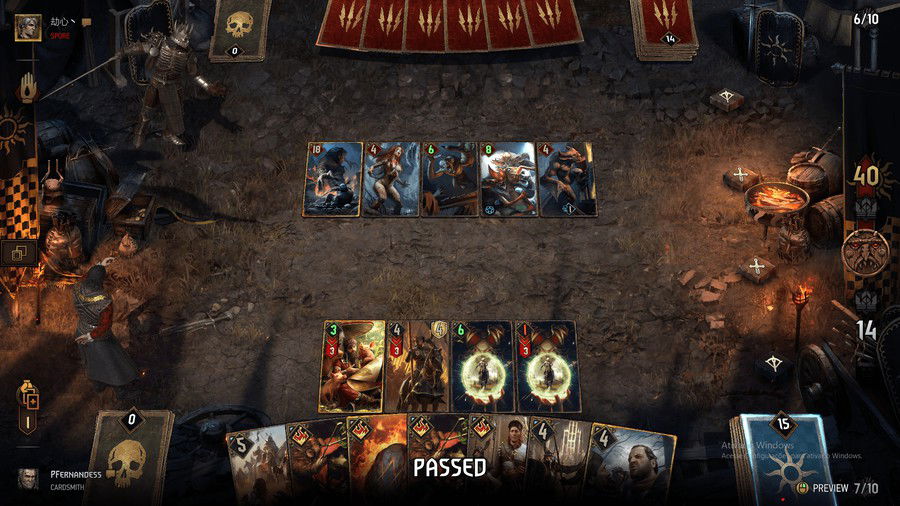
There's no difference between losing a round with a score of 40 - 14, like the image above, or 40 - 39. If you think you have slim to zero chances of coming back into the game, don't spend any resources you could use in other rounds.
As a result, don't hesitate to end your round when you played something that gave you a good advantage over your opponent, even if they can revert the situation. They'll most likely have to spend many cards, and you'll have more resources on the next rounds.
At the end of the round, you'll both get another three cards and will be able to mulligan a few of them again. Keep in mind that, to win a match, you have to win two rounds.
Board
Instead of having only one row of units, like Hearthstone and Legends of Runeterra, or three rows, as The Witcher 3 version, this standalone version of Gwent has two rows: one for melee combat, and another for ranged combat.
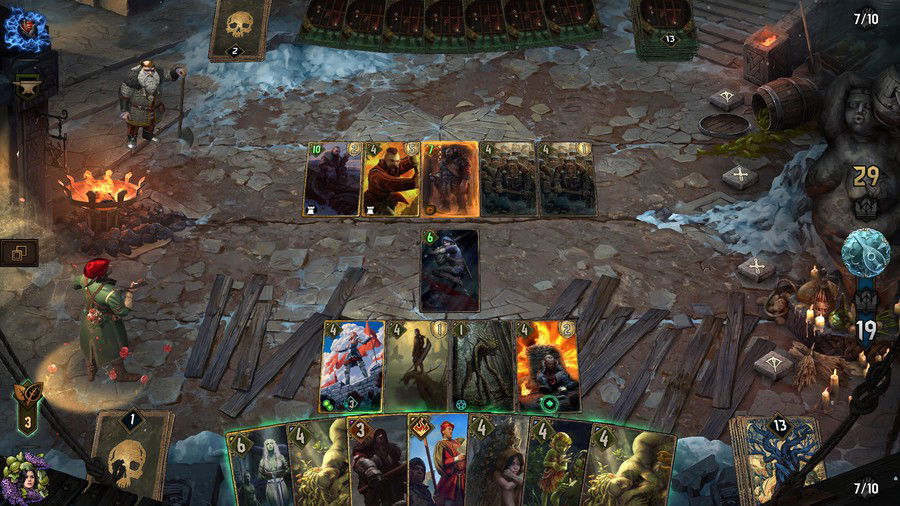
Honestly, I don't believe they're that different in practice, unless you play a unit that relies on positioning, like "Alba Armored Cavalry". You can only use its effect, which locks an enemy unit, if it is in the melee row.
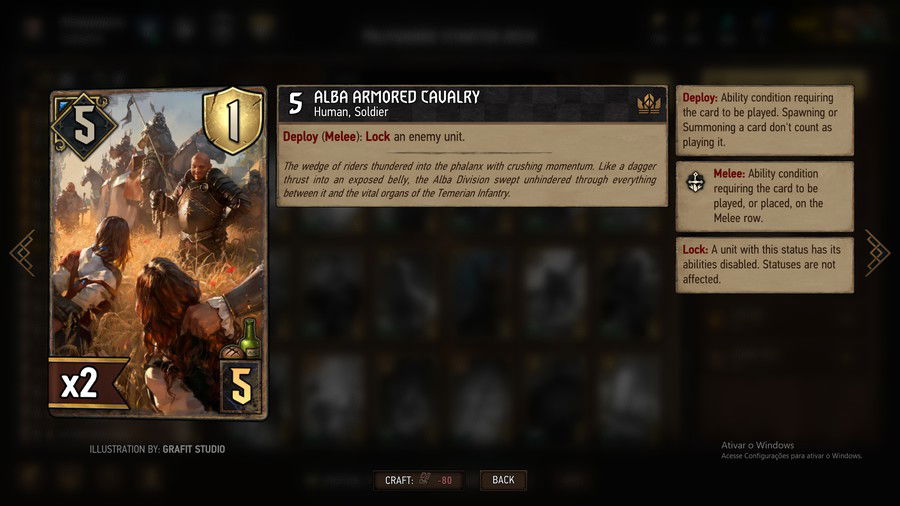
A few cards also interact with these rows and can, for instance, freeze them and deal damage to any units in them. So, before you place any units in your rows, ask yourself if you're playing against these types of effects and what you can do to play around them.

There's No Mana
A few details set Gwent apart from other card games. Namely, in Gwent, there is nothing that resembles a "mana system" in any way, a feature that is so common in this game genre. Instead, you can play a single card per turn, any card from your hand, and you don't need to worry about what they "cost".
Keywords
Instead of a difference, let's discuss a similarity between Gwent and other TCGs: keywords.
Some cards have keywords, which represent different effects. Constantly, as new expansions came along, new keywords were introduced to the game, but the game will always show you what they do when you click on a card to read its text.
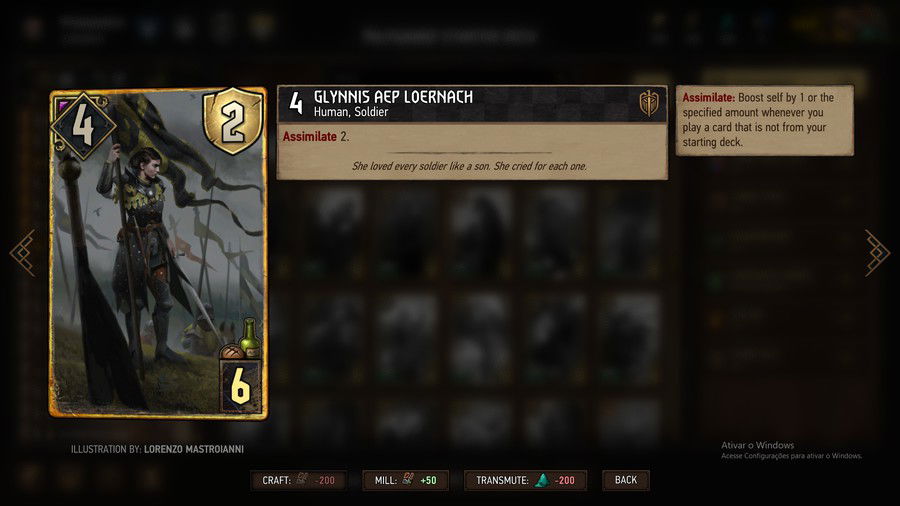
This means you'll be able to build a list entirely centered around these keywords, like cards that play other units on your board with cards that have the Assimilate keyword.
How to Build a Deck in Gwent
To build a deck in Gwent, first go to your deck builder and click on "create a new deck". From then on, you'll need to pick one of the factions. Below, you can see I selected "Monsters".
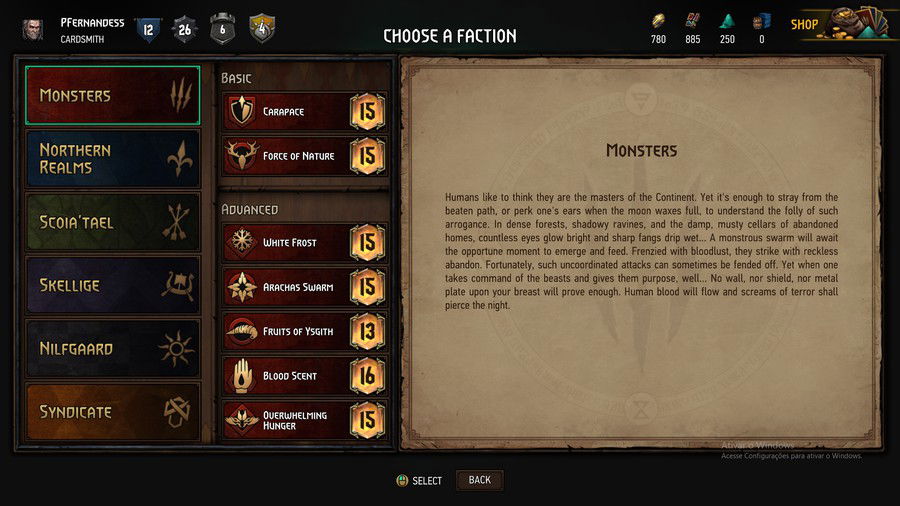
Next to the factions, notice there is a list of abilities and numbers attached to each. This number adds provisions to your deck's provision limits. For instance, the "Blood Scent" ability adds 16 provisions. I'll explain it in more detail down below.
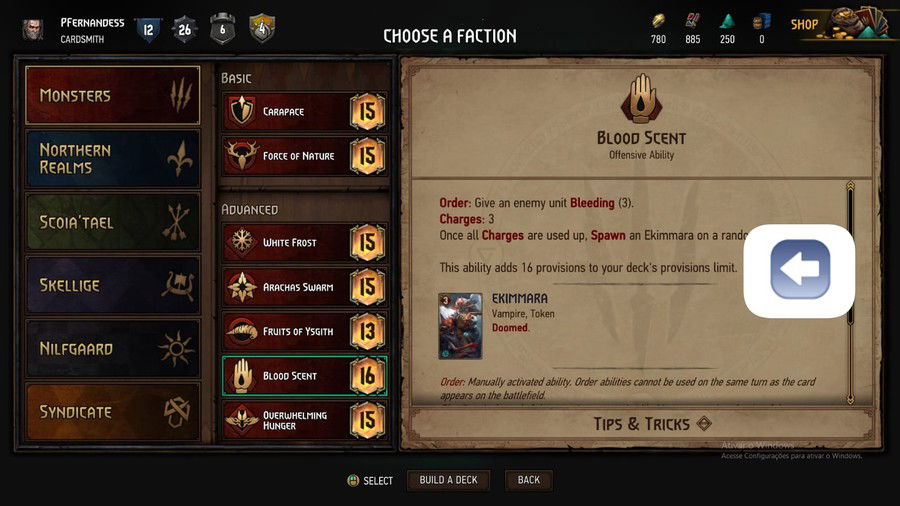
Usually, each deck has a limit of 150 provisions plus the extra provisions from the ability you picked, like the one above. With "Blood Scent", you'll have 166 provisions.

What is the Purpose of the Provision Limit?
So, each card costs a certain number of provisions. Note that the card below costs 6 provisions, but other cards will cost something different.
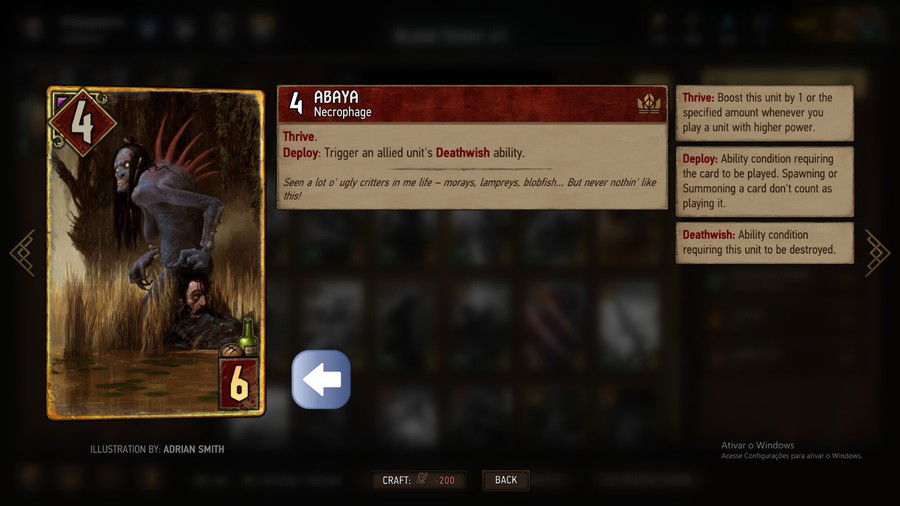
You'll also need to pay attention to other conditions as well. For instance, in the example below, we need at least 25 cards in the deck, of which 13 need to be units. Some abilities may change these conditions and require different amounts of units and cards.

Tip: Always try to build small decks, with only the least number of cards possible. Filling your deck with unnecessary cards will only get in your way, as it will be harder to mulligan or draw that card you need. With fewer cards, you'll be able to filter your list better, and just play the best options possible.
Other than these limits and conditions, there's not much else to discuss. There are gold cards, which you can only play one copy of, like Hearthstone's legendary cards. As for bronze cards, you can add up to two copies of them to your list.
Another detail that we should mention, which is probably old news for any TCG veteran, is that you can only use neutral cards and cards of the faction you picked when you build your deck. You can't use a card from Northern Realms in a Monster deck, for instance.
Tips on Resources and Progression
We, at Cards Realm, have already created another complete Gwent guide for you that focuses on progression and the resources in the game. Just click here if you want to check it out!
Final Words
I hope you enjoyed reading this article and learned a lot about Gwent, its rules and mechanics.
What did you think? Do you have any questions? Tell us in our comment section below!
Thank you for reading, and see you next time!










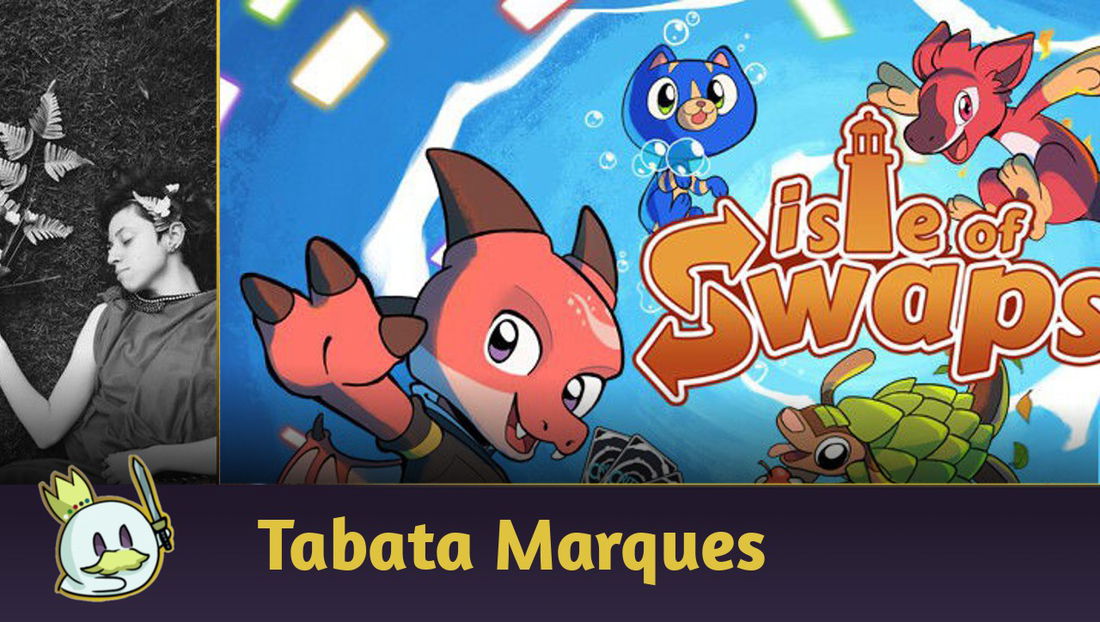

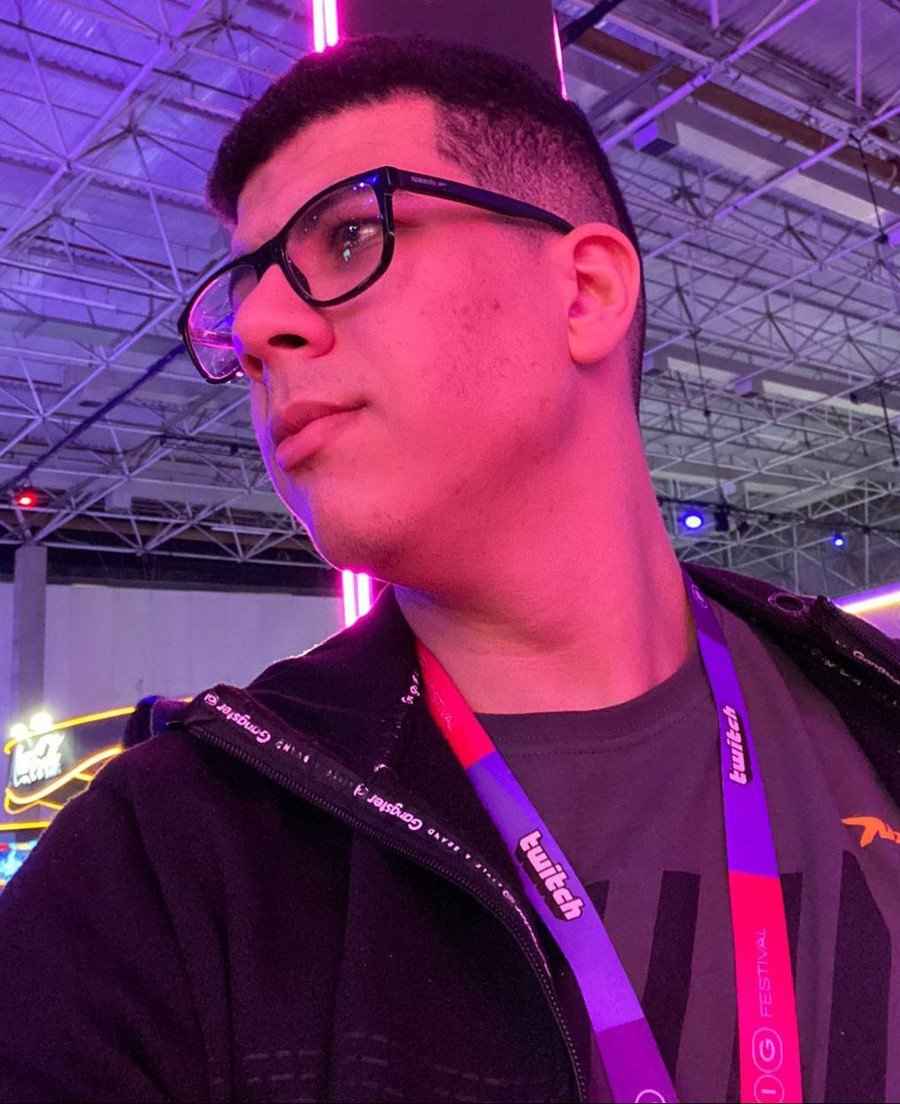

— Comments 0
, Reactions 1
Be the first to comment